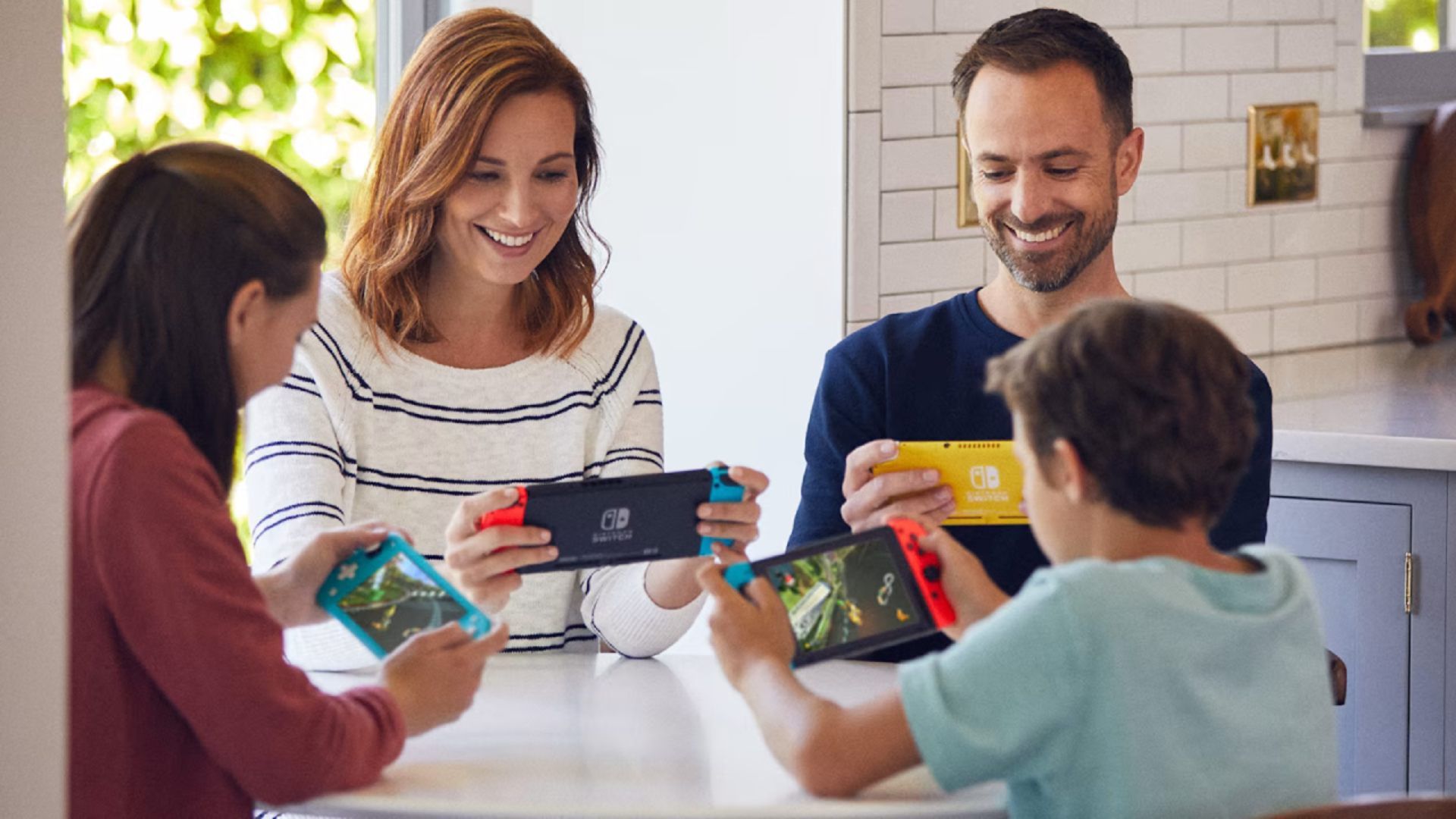Nintendo’s newest system update, version 20.0.0, makes big changes to how players use their digital game collections. Switch owners can finally share their games with friends digitally.
The update focuses on a new feature called GameShare. These changes make digital game ownership and multiplayer gaming on the Nintendo Switch much better. The biggest part of the update is the addition of virtual game cards. Before this, the digital games you bought were only playable on the console where you bought them.
Now, digital games, DLC, and even some free software will show up as virtual game cards in a list on the HOME Menu. This makes digital games more portable than before. Each virtual game card can be loaded onto up to two Nintendo Switch systems at the same time, making it easy to play games on different consoles. This means families or people who own more than one Switch no longer have to buy the same digital games multiple times to play them on different devices.
Game sharing is now much easier because of this. Virtual game cards can be loaned to other users in the same Nintendo Account family group. This makes it simple to share games within a household, similar to how physical game sharing works, but all done digitally through the family group settings, so it’s safer.
Beyond just sharing at home, Nintendo has also introduced GameShare, a feature that lets people play local wireless multiplayer games across different consoles. However, this only works on the Nintendo Switch 2. If you have a compatible game on a Switch 2, you can share it with nearby Switch systems so everyone can play together without each person needing their own copy. Only the Nintendo Switch 2 can start a GameShare session.
To make things more secure and give parents more control, the update adds User-Verification Settings. Now, parents or users can set up a PIN or require a Nintendo Account sign-in to access the Virtual Game Card menu. This stops unauthorized users from accessing or lending games.
Another helpful feature is Online License Settings, which lets users play downloaded games or DLC even if the virtual game card isn’t loaded onto the console, as long as the system is connected to the internet. This means you don’t have to keep switching virtual game cards around just to play your games.
The update also makes moving save data easier. Now, you can select and transfer multiple save files at once, saving time when moving data between consoles. Ther eis also local transfer (using direct communication between consoles) or a server-based transfer (using Nintendo’s servers).
The server option is useful if you won’t have your old Switch when you get your new one. It uploads your save data to a server so you can download it later. However, using this option will reset your original Switch to factory settings, so you need to be sure you can finish the transfer to your new Switch 2 before starting. Both transfer methods require a Nintendo Account and an internet connection.
Finally, the update removes the term “Primary Console” and replaces it with “Pass-enabled console.” This makes it simpler to manage access to software subscriptions and passes. One console can be set as the “Pass-enabled console” for a specific user, letting everyone on that console use the subscriptions tied to that user’s account.
Source: Nintendo





